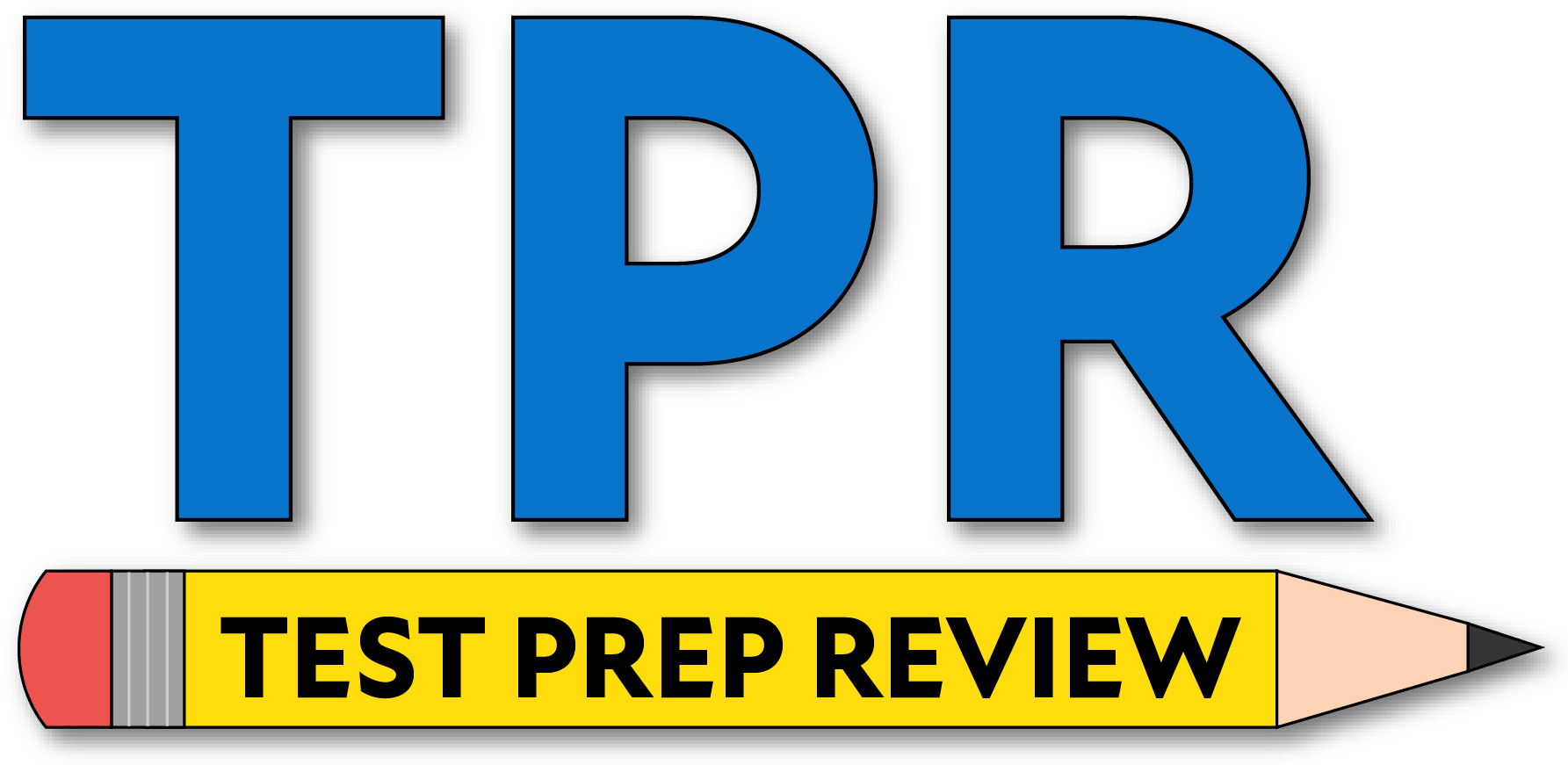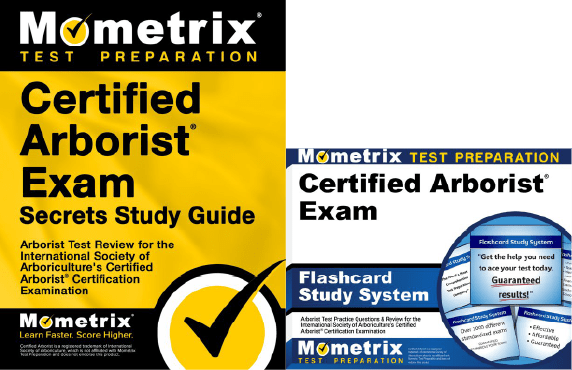If you need help studying for the ISA Certified Arborist® exam or just want some more information about what the exam is like, you’ve come to the right place.
Click below to take a free ISA Certified Arborist practice test!
What’s on the Exam?
How to Register
Exam Scores
Retaking the Exam
What Test-Takers Are Saying
FAQs
Exam Eligibility
Before you can register to take the ISA Certified Arborist exam, you’ll have to meet at least ONE of the requirements below:
- You need a minimum of three years of full-time arboriculture experience (volunteer work counts, as long as you have documentation to prove your hours).
- You need to complete either a degree program with arboriculture experience or an assessment-based certificate program.
If you meet one or both of these requirements, you’re set to begin the registration process!
What’s on the Exam?
First, let’s talk about the questions on the exam. There are 200 multiple-choice questions total, but only 180 questions will count toward your score. Why is that?
The unscored questions on the ISA Certified Arborist exam are called “pretest” questions. These are added to the exam to determine if they’re good enough questions to add to future versions of the test.
The trick is that you won’t have any way of knowing which questions are scored and which ones are being pretested. They will appear just like the scored questions throughout the test.
The time limit for the exam is 3.5 hours, and you may take restroom breaks as needed. Just keep in mind that the timer does not stop for any breaks you take.
The exam is split into ten domains, and each domain has multiple tasks.
1. Tree Biology
11% of the exam
- Specify and recommend tree work based on knowledge of tree anatomy, physiology, and biomechanics.
- Explain a tree’s life cycle and develop tree work recommendations based on tree growth and developmental needs.
2. Tree Identification and Selection
9% of the exam
- Describe the importance of proper tree identification in tree management.
- Explain tree classification systems and utilize appropriate nomenclature during tree identification and communication.
- Describe important morphological and physical structures used to identify tree species.
- Select tree(s) appropriate for a given planting site and project needs
3. Soil Management
7% of the exam
- Assess soil’s physical, chemical, and biological components and its relationship in supporting the tree development and growth.
- Explain the interaction between water and soil and how it affects tree growth and development.
- Identify trees’ soil volume, structure, and nutrition requirements and recommend mitigation strategies when needed.
4. Installation and Establishment
9% of the exam
- Plant and transplant trees according to industry-accepted standards and best practices.
- Provide care for newly planted trees to ensure survival, growth, and good structure.
5. Pruning
14% of the exam
- Explain why pruning is undertaken and list the main industry-accepted pruning systems, objectives, types of cuts, and general practices.
- List commonly used industry-accepted pruning tools and their use.
- Recommend and execute tree pruning in a manner which minimizes the impact on tree health and promotes longevity and recognize signs and symptoms of improper pruning practices.
- Explain pruning practices that are detrimental to tree health and longevity.
6. Diagnosis and Treatment
9% of the exam
- Explain and implement diagnostic principles and practices.
- Explain plant health care (PHC) and integrated pest management (IPM) principles.
- Develop and implement a plant health care (PHC) management plan that takes integrated pest management (IPM) into consideration and a holistic view of the client, landscape, and environmental needs.
7. Trees and Construction
9% of the exam
- Develop and implement tree protection plans for individual trees or population of trees on or near construction, development, or demolition sites.
- Predict the impact of construction activities on tree health and stability.
- Recommend treatments for trees that have been impacted during construction.
8. Tree Risk
11% of the exam
- Identify and communicate the roles and responsibilities of different parties involved in tree risk management.
- List the types of risk associated with trees.
- Perform a limited visual tree risk assessment of an individual tree or a population of trees near specified targets.
9. Safe Work Practices
15% of the exam
- Explain and comply with industry accepted safety standards, local laws, directives, and regulations for performing tree work and ensuring the safety of climbers, workers, and other persons near the work zone.
- Develop safety protocols to mitigate risk present within the tree of interest, work site, or equipment being used.
- Comply with safety standards when working near electrical hazards.
- Utilize tools and equipment to safely conduct tree work.
- Utilize appropriate personal protective equipment (PPE) to protect the health and safety of the arborist.
- Explain critical climbing tasks necessary to perform tree work safely
- Explain methods and techniques for tree rigging used in arboriculture.
- Remove trees using appropriate techniques to ensure accuracy and safety as well as processing the tree parts.
- Aid in providing care or oversight during emergency situations involving physical harm or hazardous conditions that pose a safety risk to the arborist, other workers, and other persons near the work zone.
- Promote the importance of safety and training of safety procedures and behaviors.
10. Urban Forestry
6% of the exam
- Discuss the ecological, environmental, economic, social, health, and aesthetic benefits of urban forests and trees.
- Explain accepted plant appraisal principles and approaches.
- List possible regulatory ordinances and laws concerning trees.
- Explain the importance and benefits of developing and implementing an urban forestry management plan.
- Inform the public and various stakeholders regarding proper tree care and management practices.
How to Register
To get started with the registration process, you’ll need to submit an application through the ISA’s website. If your application is approved, you’ll get an email with information on how to register for the exam.
Exam Scores
Once you’ve taken the exam, the hard part is over!
You should receive your formal score report withing six weeks of taking the exam. Your report won’t show you the exact score you made; it will only show you whether or not you passed and what your percentage scores are for each section of the exam.
Retaking the Exam
If you didn’t pass the exam on your first try, that’s okay! You can retake the exam as many times as you’d like.
The good news is that your first retake is free! You just need to re-enroll via the ISA’s website. After your first retake, each subsequent retake within a year from your original attempt costs $75. After that year is up, you’ll need to pay the full amount for each attempt.
What Test-Takers Are Saying
Don’t just take our word for it! See what real test-takers are saying about the ISA Arborist exam:
“They will try to trick you on the wording of the questions. Read the questions very carefully, and try to find the true meaning of what they are asking. You’re going to have to use your own logic and reasoning to figure out the answers. The questions seem like riddles sometimes.”

Previous-Wonder-6274
“There are some terribly written sentences—if any throw you, come back to them. I did the least best in urban forestry, so I’d check that out, and there was quite a bit of tree risk management (qualitative vs quantitative). Also review the types of pruning cuts.”

Heather Jones, ISA Certified Arborist
“If you don’t know the answer, flag it and come back to it later—it may be something that you can figure out from later questions. I was really nervous about time on this and ended up with over an hour left on my allotted time, so I went back through every question and reviewed them without the stress of the timer.”

Spade620
FAQs
How hard is the ISA Certified Arborist exam?
This exam is not particularly difficult, especially if you study well beforehand.
What is the passing score for the ISA Certified Arborist exam?
The passing score is not made public by ISA, but you need to answer at least 76% of the questions correctly to pass.
How many questions are on the ISA Certified Arborist exam?
The exam contains 200 multiple-choice questions.
How long is the ISA Certified Arborist exam?
The exam is timed at 3.5 hours.
Certified Arborist is a registered trademark of International Society of Arboriculture, which is not affiliated with Mometrix Test Preparation and does not endorse this page.



 Certified Arborist Study Guide
Certified Arborist Study Guide Certified Arborist Flashcards
Certified Arborist Flashcards
